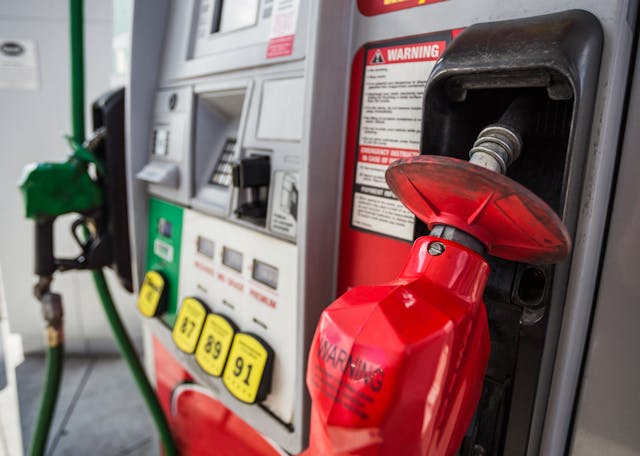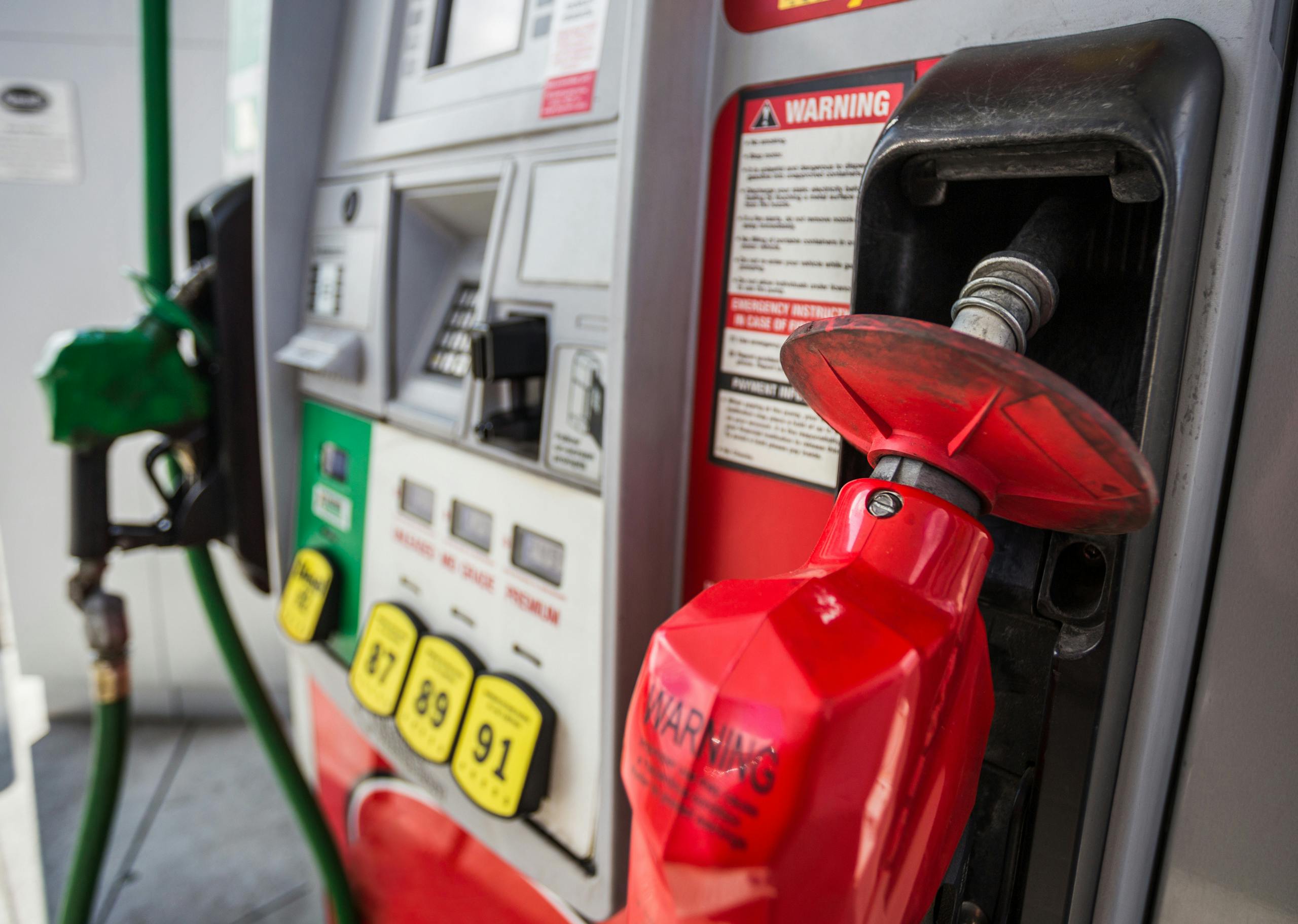Media | Articles
What you need to know about E15 fuel
Ethanol fuels are not new, but recent legislation targeting high-fuel prices has brought the biofuel back to the forefront of the conversation. What is this change and how will you be affected? It’s pretty simple: Tuesday’s announcement is merely an extension of a practice already in place seasonally.
The announcement made by President Biden earlier this week will temporarily allow the sale of E15-blend gasoline through the summer months, a time period in which it is typically banned. This cuts the amount of fossil fuels in each tank by raising the ethanol content of each gallon sold from the typical 10 percent to 15. Ideally, wider availability of a more ethanol-rich fuel will insulate consumers (and their wallets) from high oil prices and supply-chain issues.
Can your car safely sip this new cocktail? A 5 percent increase in ethanol content is not anything over which most drivers should worry, as the vast majority of vehicles produced after 2001 are E15-tolerant. E15’s compatibility with most 21st-century engines traces back to its first implementations in 2012 across a handful of midwestern states. The Environmental Protection Agency has previously been leery of approving E15 fuels for summer use due to the evaporation during warmer temperatures, which can lead to smog; hence why, in 2022, the wider availability of E15 expires this fall.
For classic car owners, E15 fuels are best avoided due to increased likelihood of corrosion from the ethanol content and probable system incompatibilities. For instance, traditional, rubber fuel lines are known to degrade faster with ethanol-blended fuels, which also result in increased deposits if fuel evaporates inside components like fuel pumps and carburetors.
Another issue, which applies to any vehicle running on E15, is the relative energy density of ethanol blends. Ethanol releases less energy when burned compared to gasoline. The 5 percent increase in ethanol content will cause fuel economy to dip, but the change would be about the same as a small change in driving style or variance in weather conditions (such as a light headwind). Studies have proven this decrease to be in the single digits: 3 to 4 percent fewer mpg when running on E10 rather than 100 percent gas, and 4 to 5 percent when using E15.
Marketplace
Buy and sell classics with confidence
In short, this is a change that will have minimal impact on most drivers and their budgets. Classic cars and trucks should still avoid ethanol-blended fuels if possible. (There’s little chance of E15 sneaking its way into your tank unannounced: Pumps must be labeled with what type of fuel the consumer is purchasing, and thus you will know whether you are putting E10 or E15 in your tank.) Use a site like Pure-gas.org to find whether there are stations near you with the option of ethanol-free fuels. Lower-ethanol, higher-gasoline fuel may be worth the extra coin for your classic engines, but don’t fret over using E15 in modern vehicles that are used on a regular basis.





